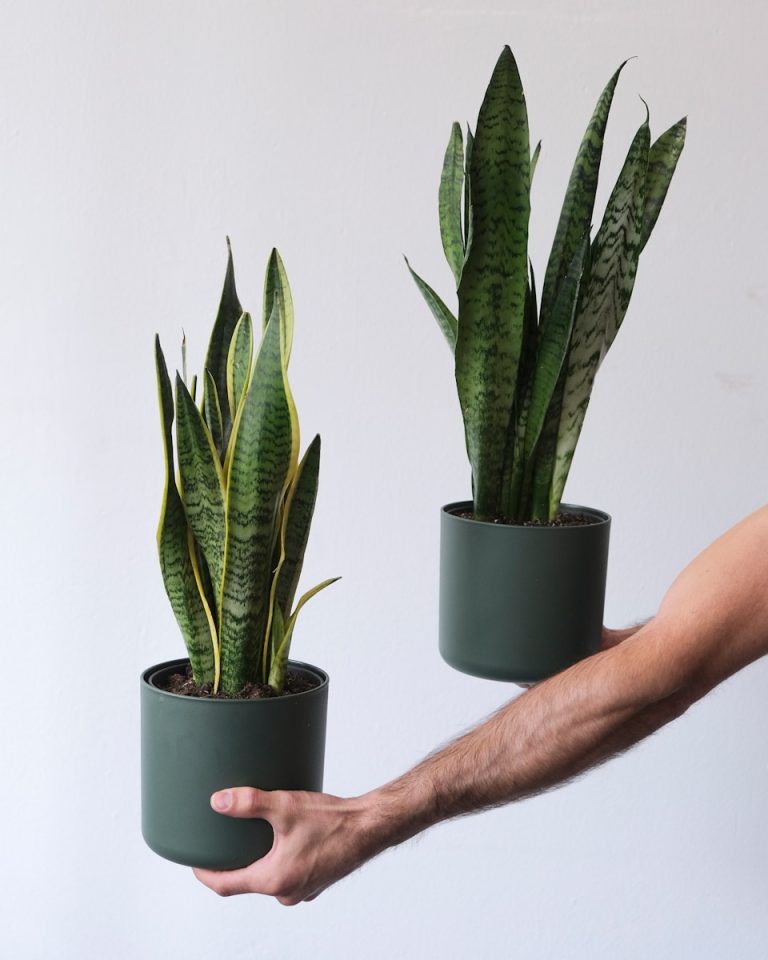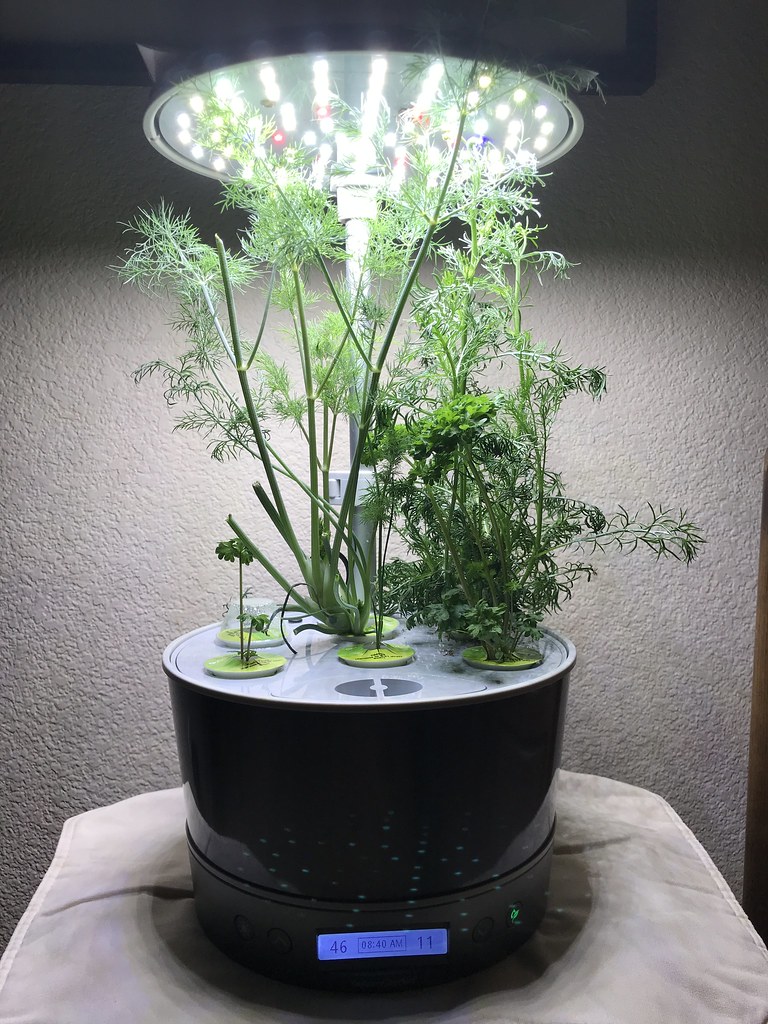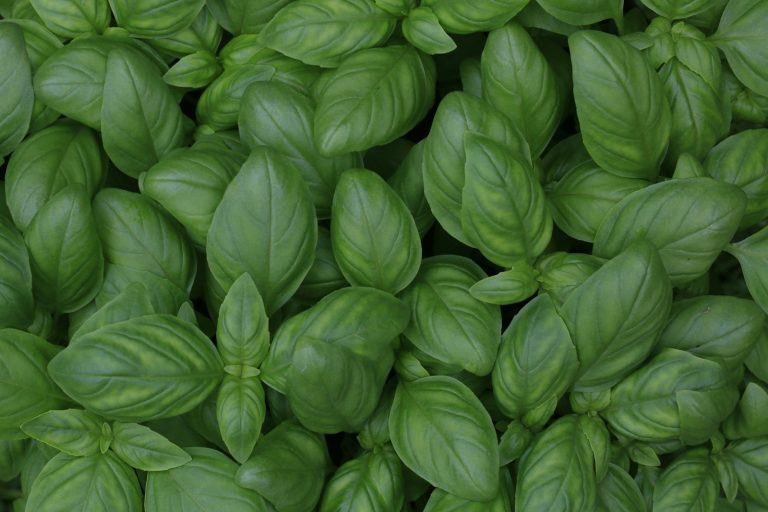Top 12 Pet-Safe Indoor Plants for a Harmonious Home Environment
The Ultimate Guide to Pet-Safe Indoor Plants
Introduction
Choosing pet-safe indoor plants is crucial for any pet-loving household. Many indoor plants, while beautiful, can pose significant health risks to our furry friends. This article aims to provide pet owners with non-toxic plant options, ensuring a safe and serene home environment for both pets and humans.
Benefits of Indoor Plants for Pet Owners
Indoor plants offer more than just aesthetic appeal; they improve air quality by filtering out toxins and releasing oxygen. In addition to enhancing the visual charm of a home, they also boost mental well-being. Both pets and their owners can benefit from a calming atmosphere filled with lush, vibrant greenery.
Criteria for Selecting Pet-Safe Indoor Plants
When selecting indoor plants, understanding plant toxicity is paramount. Opt for low-maintenance plants that thrive in various indoor environments. Be mindful of light, humidity, and temperature conditions to ensure these plants flourish without posing a risk to your pets.
List of 12 Non-Toxic Indoor Plants for Pet Owners
Spider Plant (Chlorophytum comosum)
Spider Plants are known for their arching green and white striped leaves. They thrive in bright, indirect light and need minimal watering once a week, making them easy to care for.
Boston Fern (Nephrolepis exaltata)
Boston Ferns boast lush, feathery fronds that enhance any space with a touch of elegance. These ferns prefer high humidity and indirect sunlight, requiring frequent misting to stay healthy.
Areca Palm (Dypsis lutescens)
The Areca Palm features vibrant feathery fronds, adding a tropical feel to your home. It requires bright, indirect sunlight and regular watering, though it’s crucial to avoid waterlogged soil.
Bamboo Palm (Chamaedorea seifrizii)
Bamboo Palms have a slender, graceful stature that fits well in compact spaces. They are best placed in filtered light and should be watered whenever the topsoil feels dry.
Calathea (Calathea spp.)
Calatheas stand out with their striking patterns and deep green hues. They need medium light and high humidity, with consistent soil moisture to prevent leaf curl.
Peperomia (Peperomia spp.)
Peperomias are small, attractive plants with thick, textured leaves. Low to moderate indirect light and infrequent watering make them perfect for easy maintenance.
African Violet (Saintpaulia)
African Violets are cherished for their delicate, colorful blooms. They thrive in bright, indirect light, and require evenly moist soil and high humidity to flourish.
Friendship Plant (Pilea involucrata)
The Friendship Plant is known for its quilted, lush leaves and compact growth. It thrives in bright, indirect light with moderate watering, preventing soil from drying out completely.
Haworthia (Haworthia spp.)
Haworthias are small, easy-to-care-for succulents with fleshy, green rosettes. They do well in bright light with infrequent watering, allowing the soil to dry out between waterings.
Polka Dot Plant (Hypoestes phyllostachya)
This plant is recognized by its vividly spotted leaves, adding a splash of color indoors. Polka Dot Plants prefer indirect sunlight and moist soil conditions.
Lipstick Plant (Aeschynanthus radicans)
The Lipstick Plant attracts with its tube-like red flowers and waxy leaves. It loves bright, indirect light and needs its soil kept moderately moist.
Prayer Plant (Maranta leuconeura)
Prayer Plants are admired for their decorative, multi-colored foliage. They require low to medium light and consistently damp soil, making them relatively easy to keep healthy.
Tips for Integrating Plants into Pet-Friendly Homes
When integrating plants into your home, consider their placement to prevent pets from chewing on them. Elevate plants on shelves or use hanging baskets to keep them out of reach. Regularly monitor your pet's behavior around new plants to ensure they’re not chewing or digging. Establish a routine care plan to keep your plants and pets healthy alike.
Conclusion
Pet-safe plants are an indispensable part of a harmonious home environment. Prioritizing non-toxic plants ensures the well-being of all household members. By making informed choices, pet owners can enjoy the multitude of benefits that indoor greenery offers without compromising their pets' safety.



